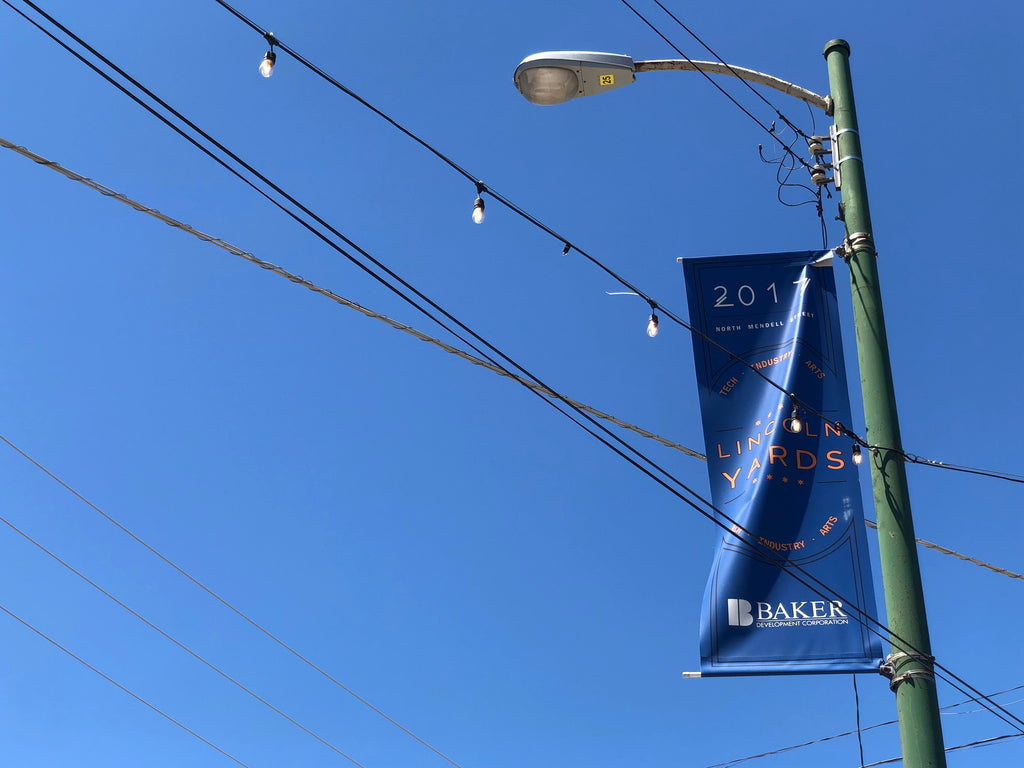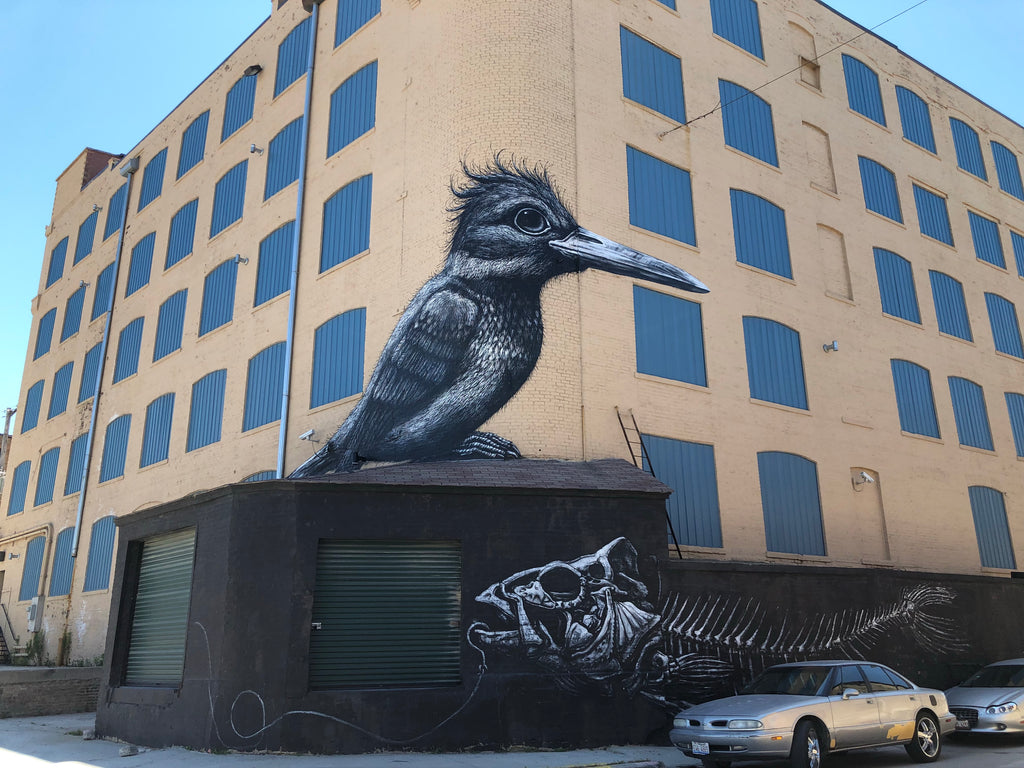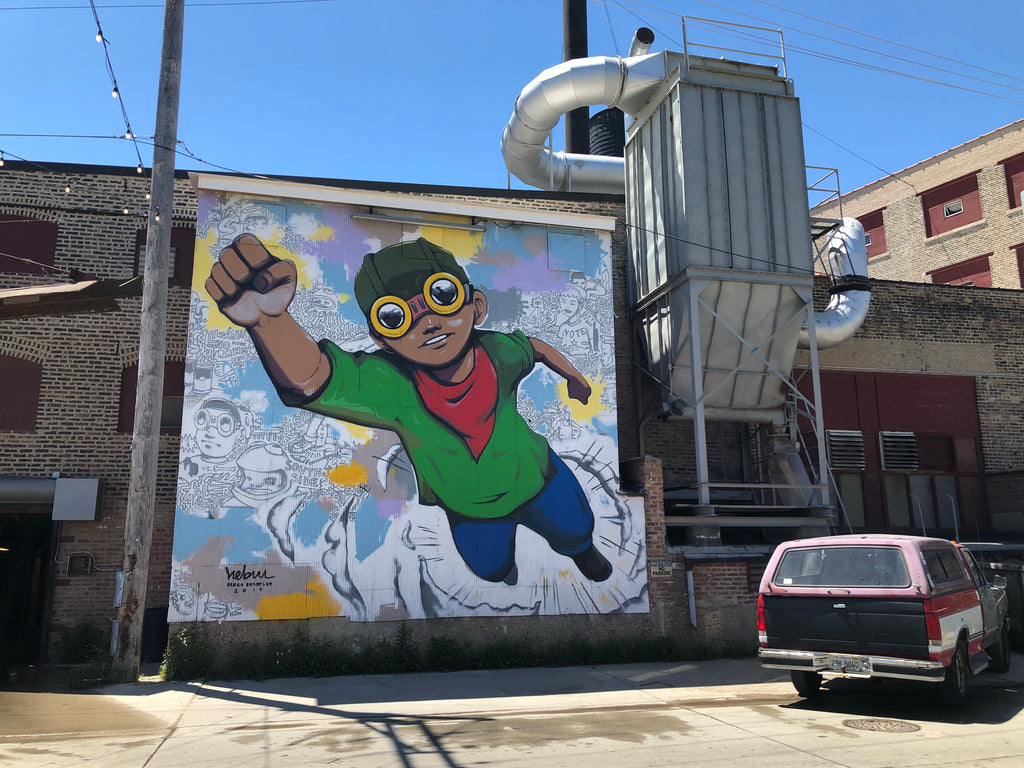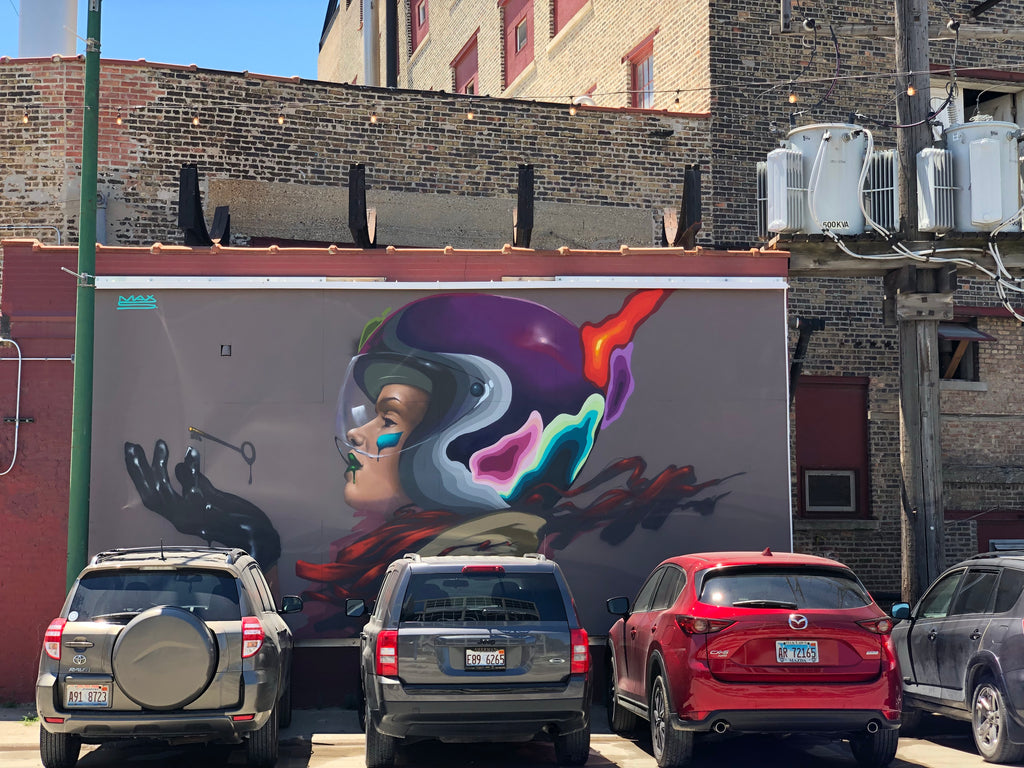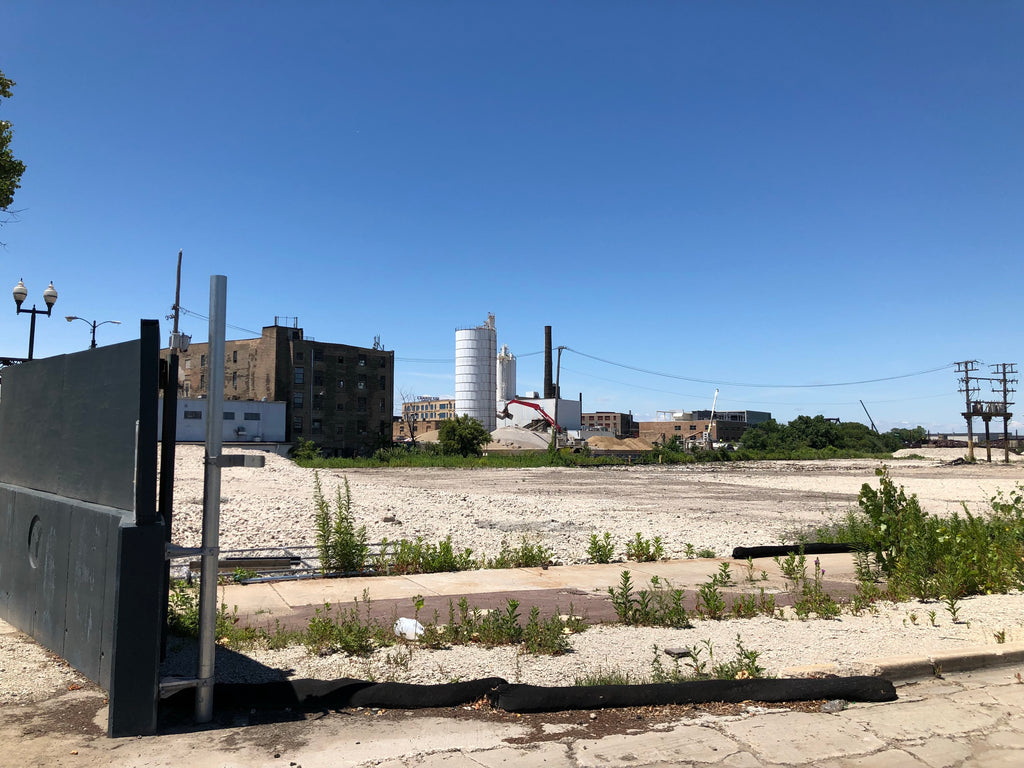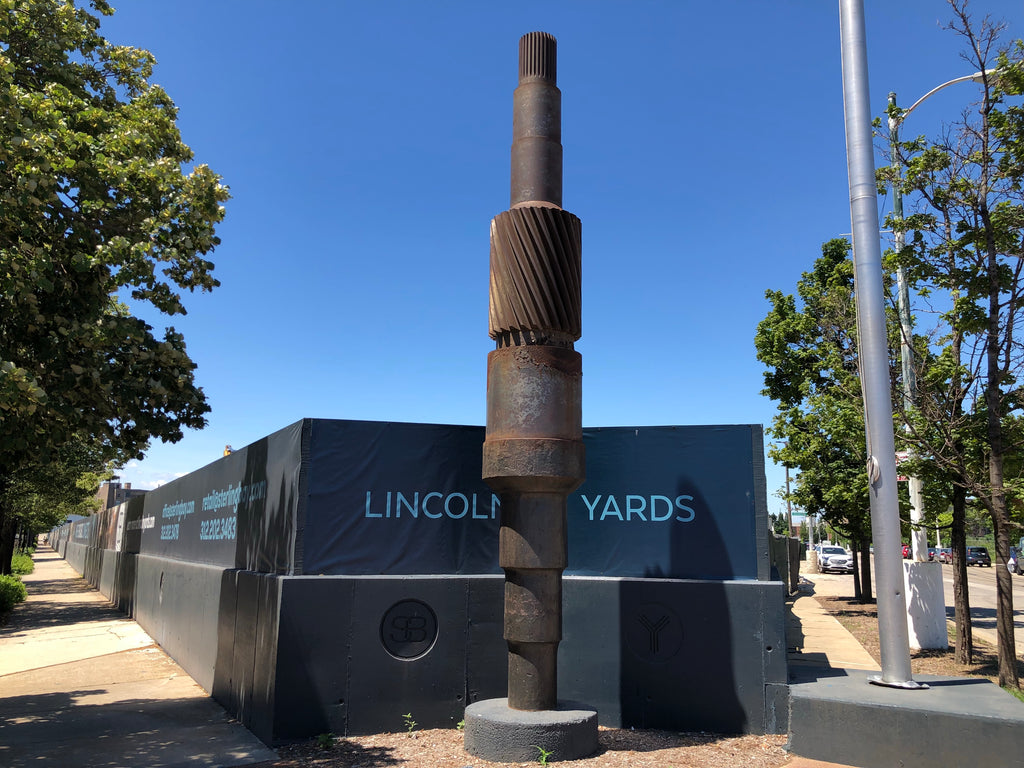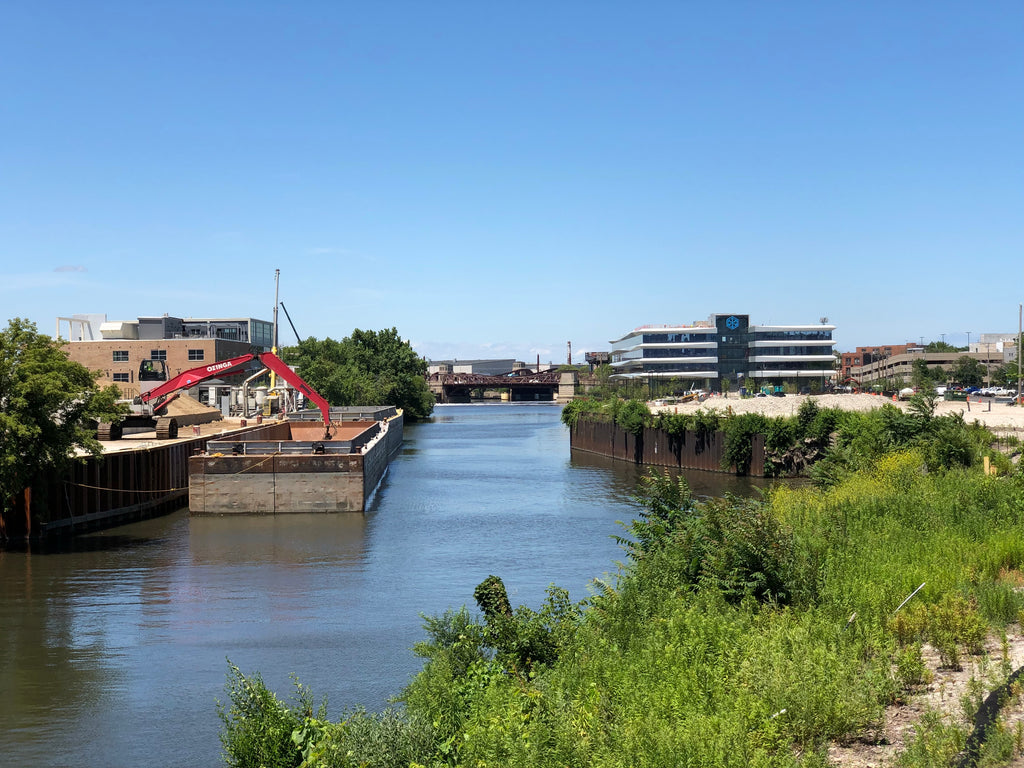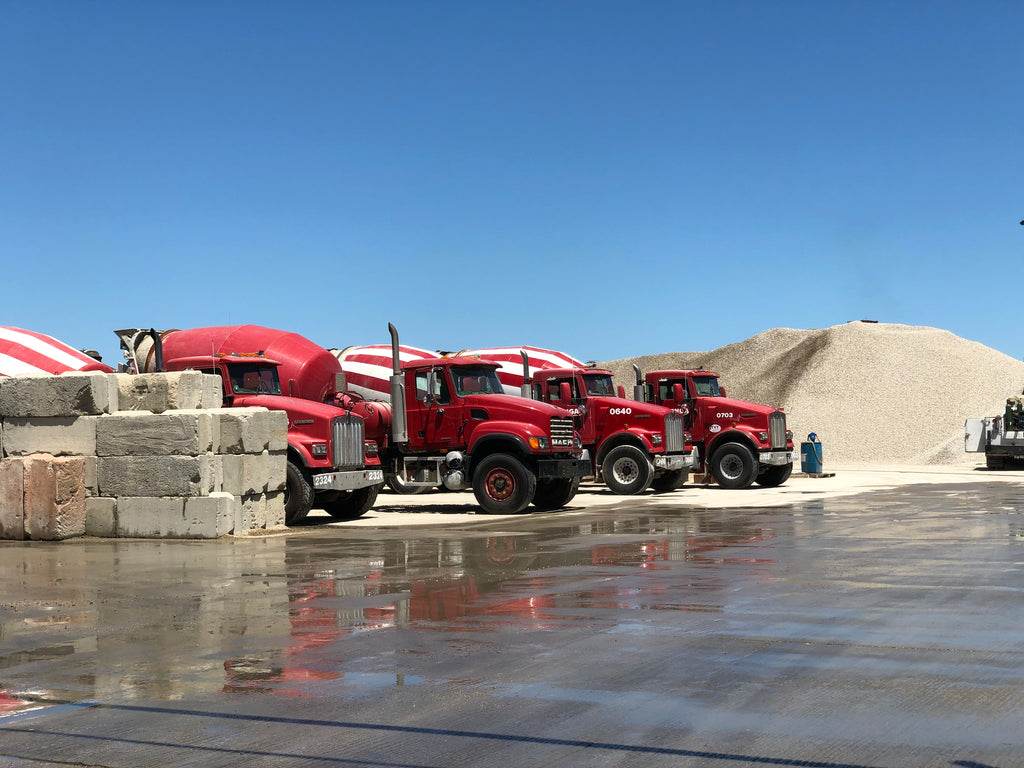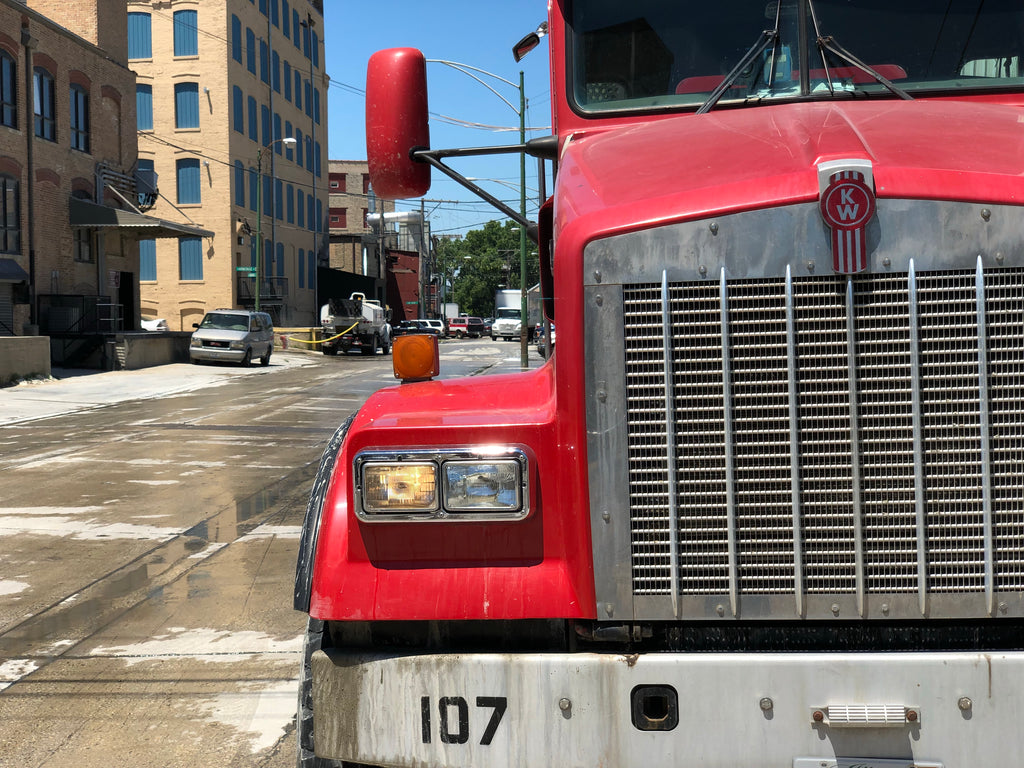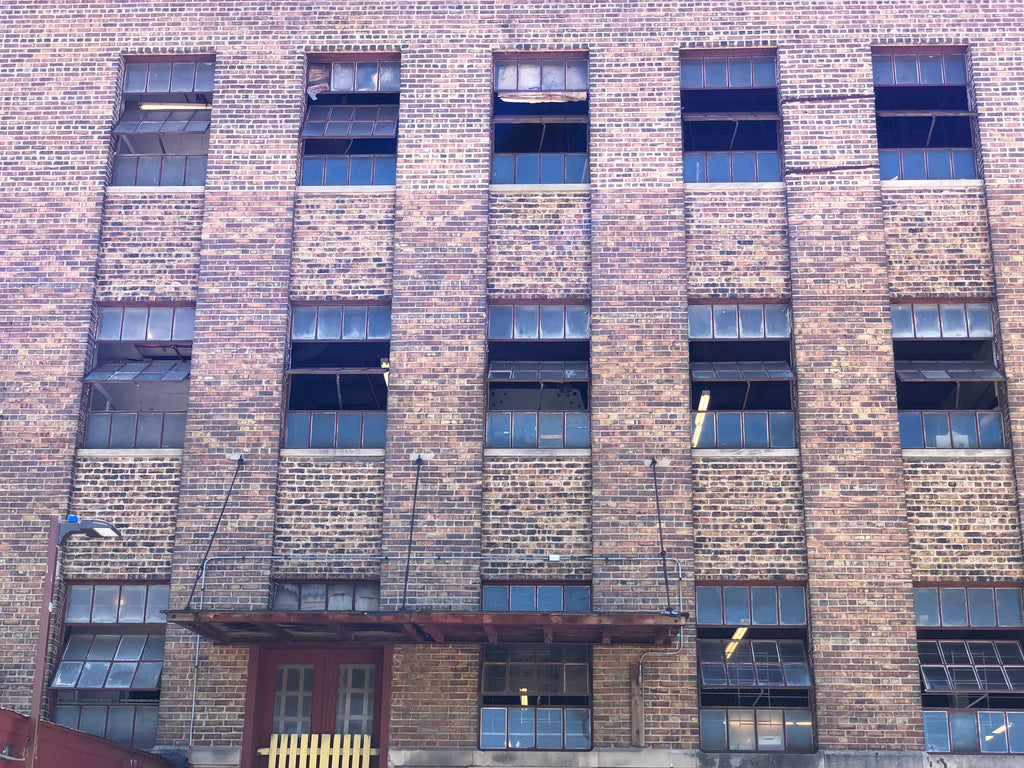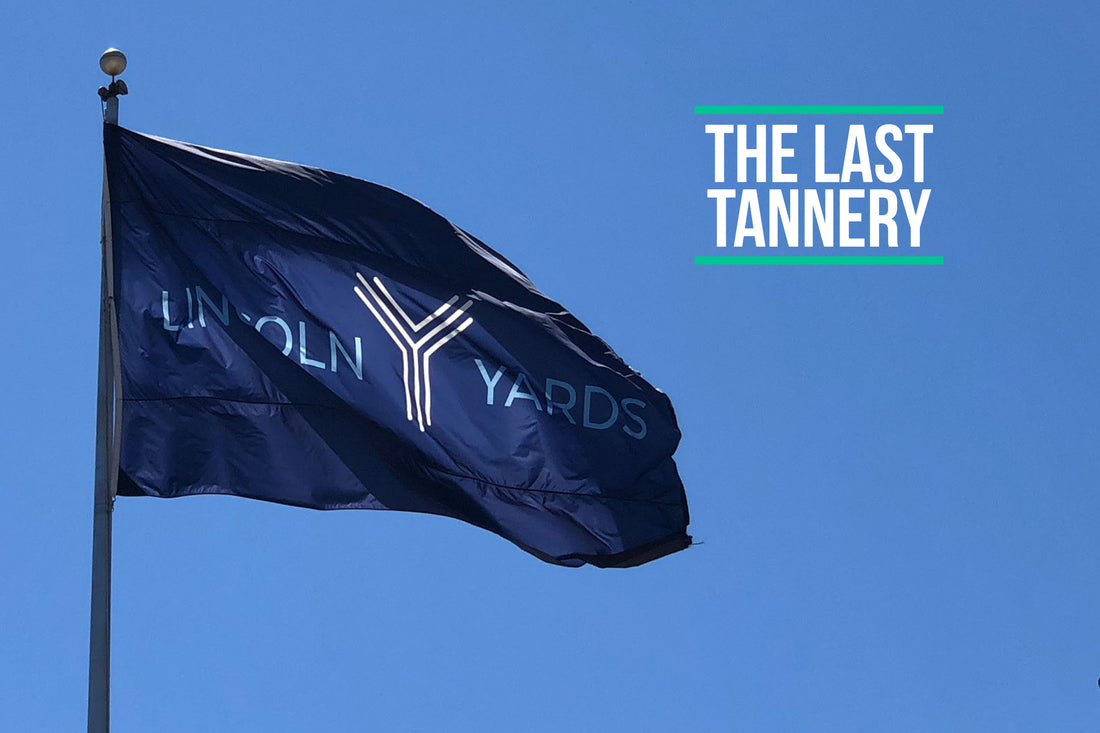To be very clear: Horween is not closing
Once lined with hundreds of tanneries, Chicago's Bucktown neighborhood is now the mainstay of just one-- the only one still standing: Horween Leather. Around the end of the 19th century, the Chicago River and the city's iconic railway system made the near north side of Chicago an ideal location for tanneries. Roughly eight miles away were Chicago's Union Stock Yards (immortalized by Upton Sinclair's "The Jungle") and for nearly every steer slaughtered, the abattoirs yielded another hide (a by-product of the meatpacking industry.) Chicago's tanneries were more than happy to swoop in and pay for the privilege to relieve "The Yards" of this commodity.
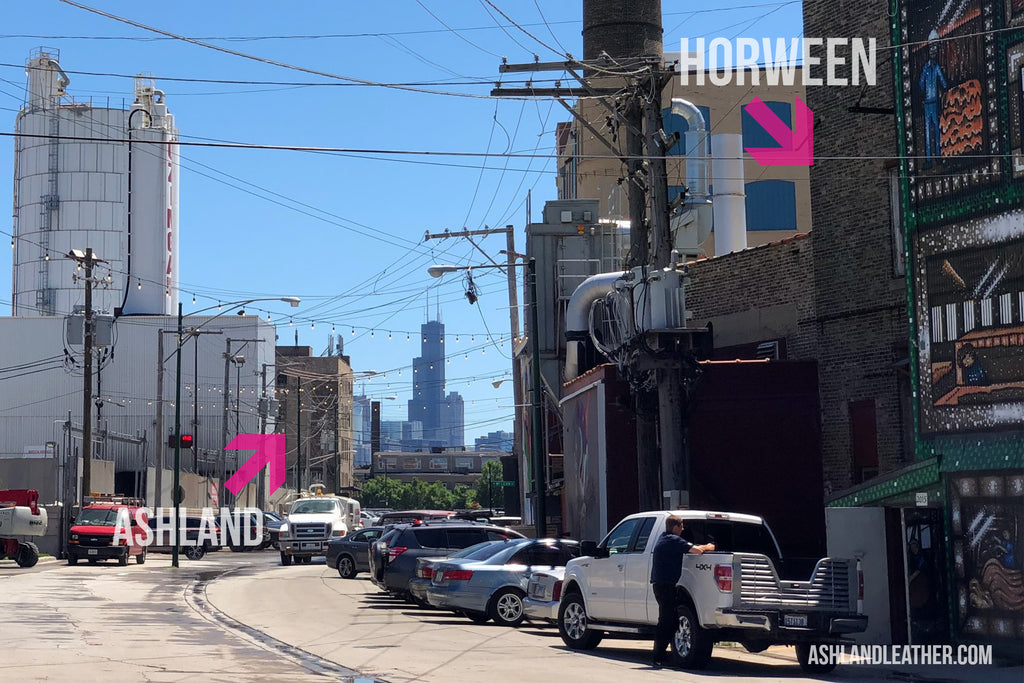
The meat industry employed nearly one-fifth of the population of Chicago, and in 1880, was the lifeblood of over 240 tanneries. But by 1971, all meatpacking had ceased in Chicago, and 47 years later, the remains of the stockyards now serve as a decaying skeleton for entire city blocks of trainyards, acres of barren concrete, and thousands of semi trailers. 25,000 stockyard employees sought new work over the years and all but one of those 240 tanneries eventually closed their doors.
Real estate developer, Sterling Bay, has just publicly announced plans of a new vision for 70 acres of riverfront property between Bucktown and Lincoln Park: Lincoln Yards. This new neighborhood would encompass the entire area just east of the river and some of the area west of the river occupied by both Horween Leather and Ashland Leather. Since Horween Leather has stood as a foundation of the neighborhood for over 100 years (and plans to for at least 100 more), I thought it might be important to document how the neighborhood looks before the planned changes begin, for posterity.
